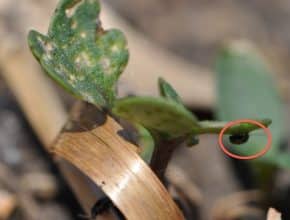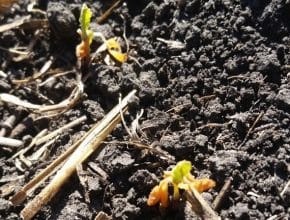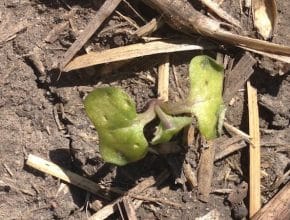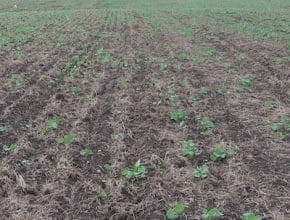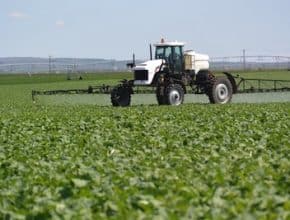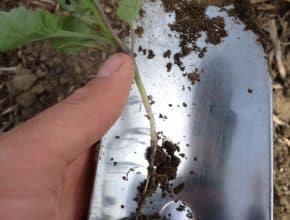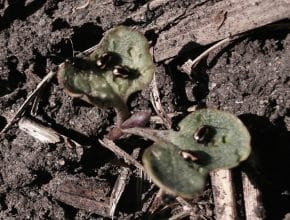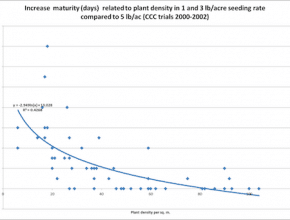Home / Canola Watch / June 3, 2015 - Issue 12
-
Test your flea beetle management skills…
-
Widespread heavy frost on the weekend was the last straw for many canola fields that were already under stress from previous frosts, flea beetles, wind, dry conditions and in some cases excess moisture. Growers may choose to reseed as a last effort to save what has been a stressful May for some canola crops. However, canola can be surprisingly resilient…
-
Wait for signs that canola plants have started regrowing before spraying after a frost…
-
Cutworm scouting begins with a walk through the field looking for bare patches, chewing damage in foliage, or clipped plants. Cutworms and cutworm damage is one thing to look for while scouting this week…
-
Combining pest control operations to save trips over the field may seem like good economic sense, but consider the following when making this decision…
-
Did the seeding tool meet expectations this year? A moist soil bed and rain in the days after seeding can make any seeding job look passable. Problems are more obvious when the crop is under stress…
-
(1) Many insecticides have limits on how many times a year they can be sprayed on a canola crop. (2) Check approvals for all products to be used on canola…
-
Here are five important points to help with flea beetle scouting and management: 1. Flea beetle damage can advance quickly. 2. Flea beetles will keep eating on cool days. 3. Spray can be effective on cool days, but not wet days. 4. Stem feeding can be more damaging than leaf feeding. 5. Seed treatments are less effective on striped flea…
-
This graph shows that a higher seeding rate that will ensure a stand of at least 60 plants per square metre (6 per square foot) will mature a lot earlier than a stand with 20-40 per square metre. A higher seeding rate is just one way to reduce the days to maturity for a late seeded canola field…

